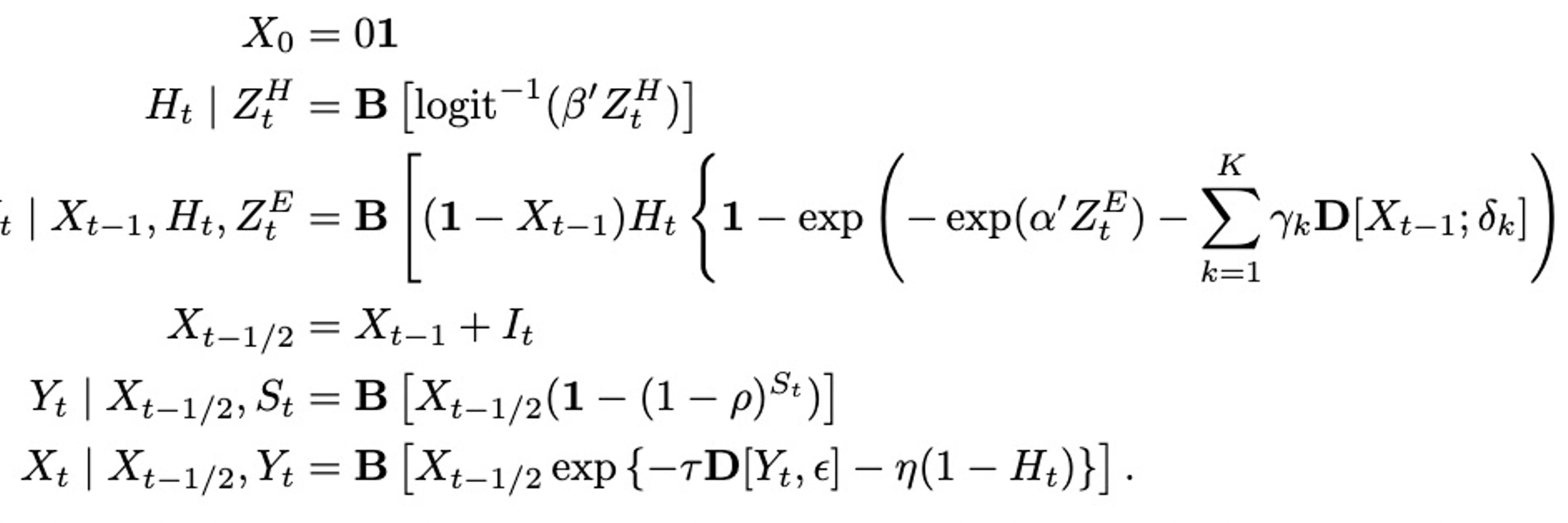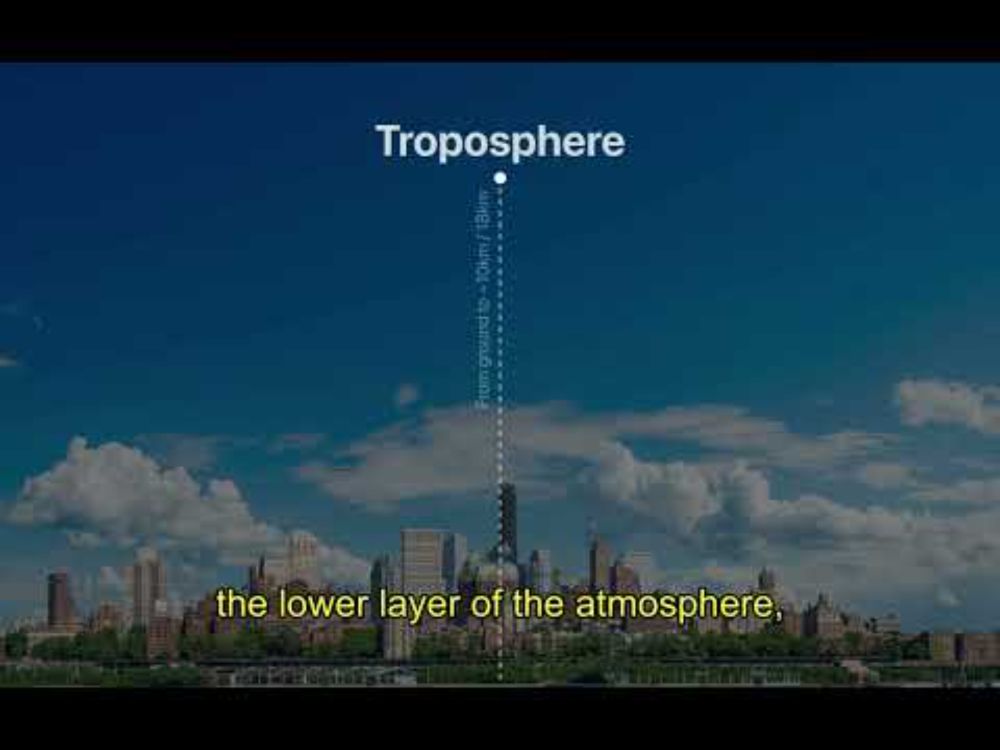Samuel Soubeyrand
@ssoubeyrand.bsky.social
72 followers
59 following
52 posts
Researcher at INRAE - Model construction, statistical inference, and their application to epidemiology, ecology...
BioSP - INRAE - Avignon, France
https://samuel.biosp.org
Posts
Media
Videos
Starter Packs
















